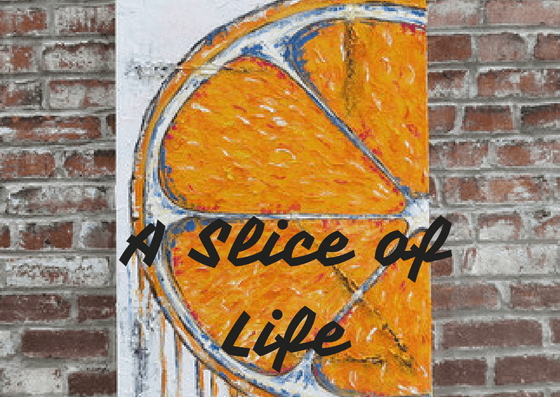Reading Time: 3 minutes
Paan significantly influences India’s culture, influencing gastronomy, hospitality, and everyday life, but its use has caused spit stains in public spaces, observes Ruchira, exclusively for Different Truths.

The life of homo sapiens in the subcontinent is inextricably linked with Paan (betel leaf), the Botanical nomenclature of which is Piper Betel. Be it gastronomy, hospitality, socio-religious, and cultural practices, the ubiquitous Paan plays a pivotal role in every aspect of our day-to-day lives.
Let us delve further into the antecedents of this amazing ‘wonder’ leaf. The name possibly originated from the Sanskrit word ‘Parna’ (a whole, single leaf) According to research paan as well as its inseparable companion catechu /kattha reportedly found their way into the subcontinent from the numerous tropical islands of Southeast Asia eons ago, ultimately mingling with the indigenous culture. Down the centuries paan wended its way into the country’s food culture. Its numerous properties left the people awestruck! For instance, as per Ayurveda tenets betel leaves are effective in curing diseases caused by air and bile. It was also believed to be a panacea for ear infections. Paan is also a popular antiseptic, digestive aid, and of course a mouth freshener.
Chewing betel leaves is an ancient practice that finds copious references in the epic Ramayana too.
Chewing betel leaves is an ancient practice that finds copious references in the epic Ramayana too. Lord Rama is depicted spending his leisure hours chewing betel leaves in a bid to control hunger. In another anecdote, Sita presents a garland of betel leaves — as a token of love, joy, and appreciation— to Hanuman when he returns to Lanka. In the northeastern state of Assam invitation cards and missives are invariably accompanied by an offering of paan tambul (paan-supari) which the hosts carry in quaint temple-like containers.
In Mysore, betel leaves are offered as a gift on special occasions, as a sign of good fortune. In the northern regions of the county including Bihar, Bengal, and Odisha, all major festivals are incomplete without betel leaves, which are essential components of decoration and offering. At Bengali nuptials, the bride enters the mandapam, all the while covering her face with two betel leaves. Not only this, paan leaves are actively involved in other rites and rituals also.
With a modest beginning as a digestive pill and/or mouth freshener, paan has indeed come a long way…
With a modest beginning as a digestive pill and/or mouth freshener, paan has indeed come a long way, transmogrified into a vast sprawling canvas upon which paan aficionados can give a
free rein to their imagination and fantasy. The list of ingredients that go into the making of a “designer paan” includes — apart from the regular slaked lime, catechu, areca nut slivers, aniseed/fennel—green cardamoms, few precious seeds of black cardamom (now a rare commodity) gulkand/rose petal jam, fragrance, tobacco/zarda not forgetting exceedingly thin films/ varks of gold and silver!! The more the merrier! (Read costlier!)
Now, it is time to look at the seamier side of the luxurious custom of “paan eating.”
Now, it is time to look at the seamier side of the luxurious custom of “paan eating.” Let me confess I have zero tolerance for those hideous infamous squirts of saliva-mingled remnants of ingested Paan that regularly, vigorously (and rather shamelessly) adorn the walls of government offices, hospitals, post offices, railway stations, ordinary cinema halls, and yes “classless passenger” trains.
The only spots where these blobs are conspicuous by their absence happen to be—yes you guessed it right— shrines and places of worship cutting across all faiths! Strange is it not that the devout mortals are fastidious about keeping the sacred spots squeaky clean but harbour scant regard for the cleanliness of the environment in general and the personal comfort of their brethren?
I am sure most of us have viewed Hindi flicks wherein paan lovers cutting across social strata are shown using diverse ornate metal (often silver) pikdaans/spittoons to dump their oral consignment of mangled betel leaves. Honestly, I shudder to think of and pity those hapless underlings who are employed to clean these ‘noisome’ containers.
Over the past decade or so there has been so much hype about ushering in of the proverbial Achhe Din. How many of us have ever paused to ponder: What a wonderful pretty, eye-catching destination India would be, minus all those hideous stains and eyesores! A few may justify, quoting discarded packages, animal dung and poop, but that’s another story. Not to worry. After all old habits die hard…
Picture design by Anumita Roy















